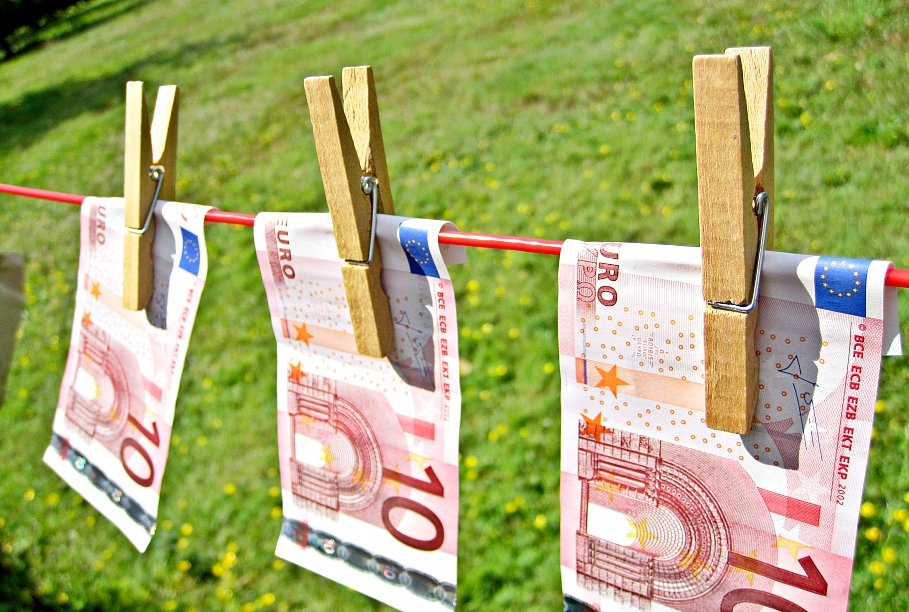On the contrary, the number of forgeries detected actually fell, according to data released by the bank.
838,000 fake notes were detected throughout the Eurozone during 2014, the European Central Bank said, with the majority being of 20 and 50 euro denominations.
The second half of the year saw a steep rise in forgeries with more than 500,000 detected - that amount was up 44% on the same period in 2013.
However,only a tiny fraction of fake notes showed up in Latvia despite its potential attractiveness to forgers as the newest Eurozone member state.
Andris Tauriņš, of the Latvian Central Bank's Bank Cash Operations Technology Division, said: "Thanks to the timely preparations of the general population plus business information activities and people's vigilance, the situation with counterfeit money in 2014 did not get not worse; on the contrary, the number of counterfeits was significantly reduced.
"Last year, in total Latvia registered around 1,400 instances of counterfeit currency including 1000 notes and 400 coins. This is substantially less than in previous years while within the euro area, together with Estonia and Finland, we are among the countries where cash security is the best.
"Counterfeit quality - especially of coins - is generally low and it is generally enough for people to examine a banknote or coin closely to identify it as counterfeit," Tauriņš said.





























